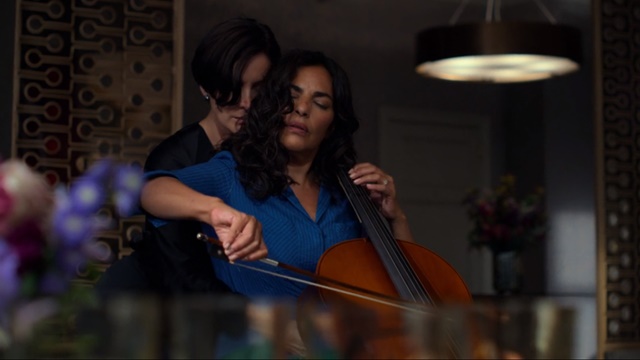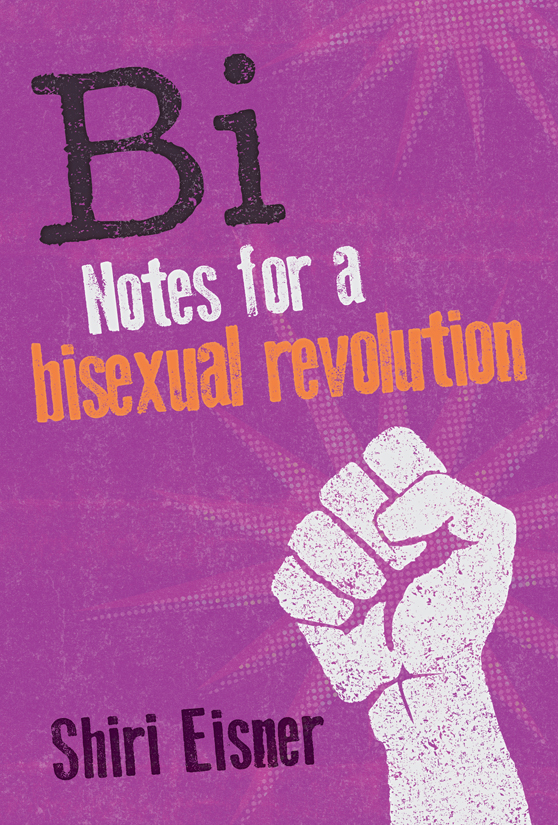
Amid rave reviews, praising the new AMC series for “finally letting the vampires be gay”, the conversation about the show’s treatment of bisexuality is silenced. To describe the show’s take on bisexuality in one word, it is complicated. Simultaneously erased, elevated, trodden down, associated with evil, seductiveness, villainy, privilege, freedom, and queerness. Laden with rich meaning, some of the scenes form a master class in cinematic storytelling through bisexuality, while others are the epitome of classic biphobia.
This is going to be a series of articles in which I show how Interview With the Vampire takes the source material’s bisexuality and turns it into ambivalent biphobia, by depicting it as simultaneously oppressive and liberatory. I’ll explore bisexual erasure, the meanings given to bisexuality, and explain how these ultimately reveal bisexuality’s subversive power against dominant social structures.
Continue reading “We need to talk about Interview With the Vampire’s biphobia (Part 1: Bi erasure)”

![Credit: http://dojensgara.com [Image: a rainbow-colored infinity sign, superimposed with a bisexual flag with a bisexual infinity symbol in the middle of it, and writing in Persian in white.]](https://radicalbi.files.wordpress.com/2015/07/bi-iran.png)



